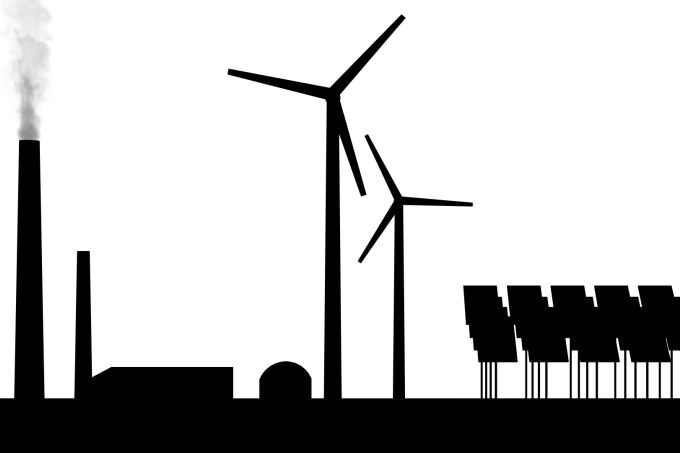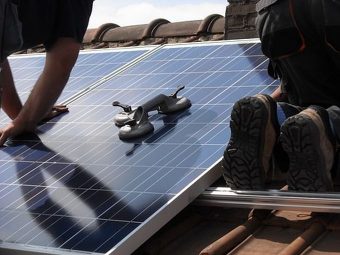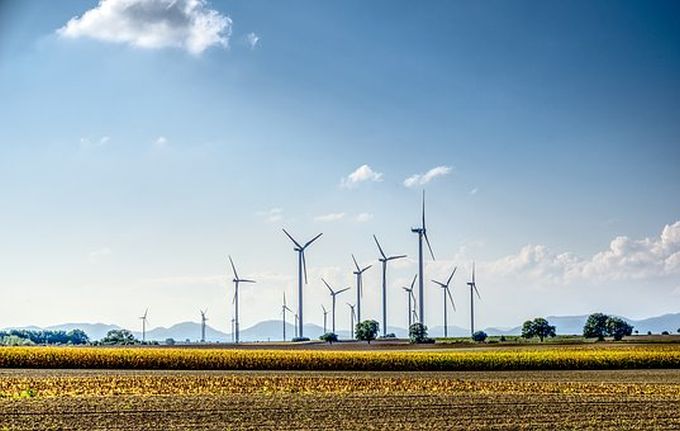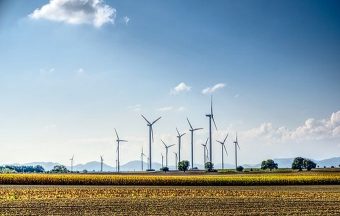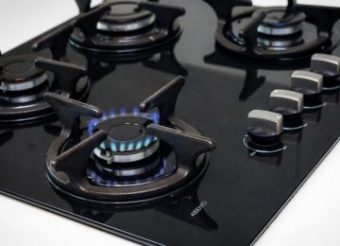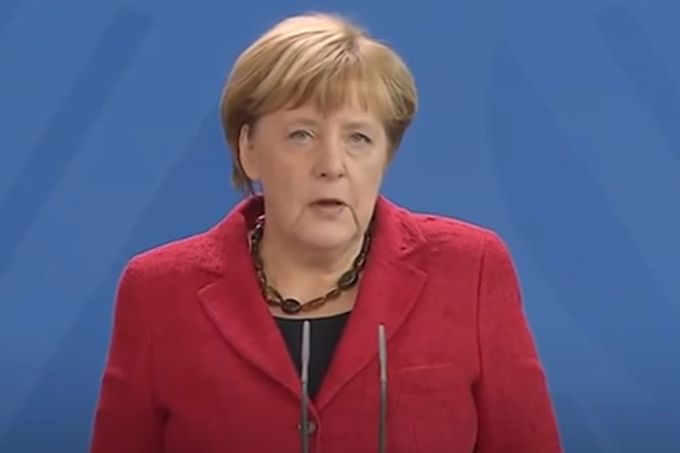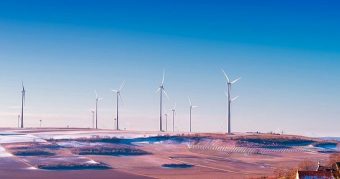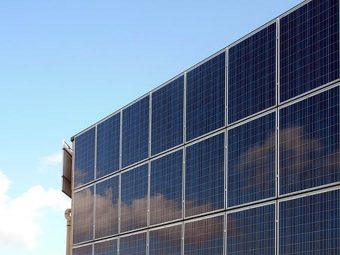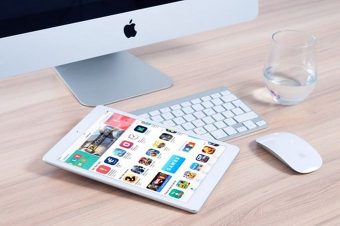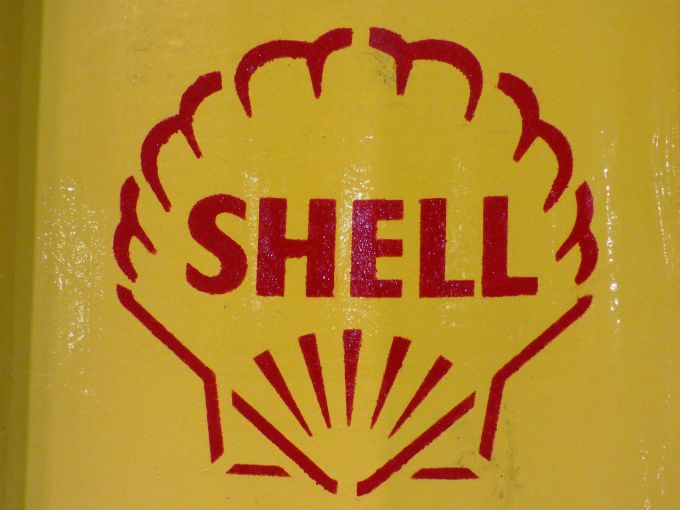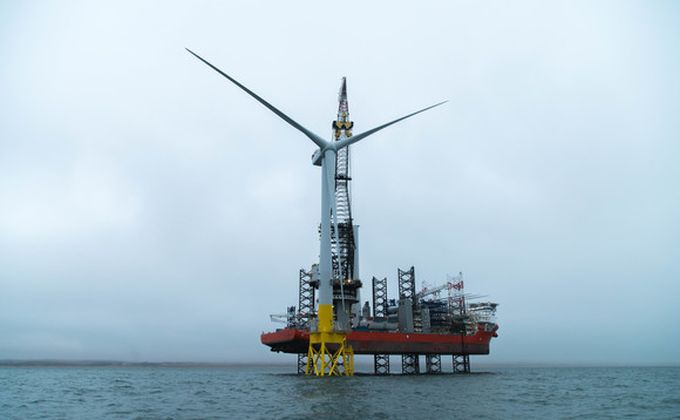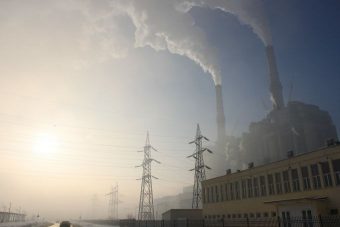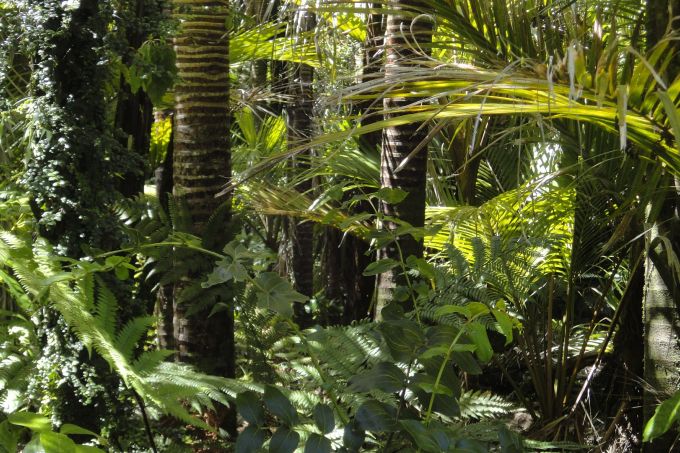
According to new numbers published earlier this month, Portugal’s renewable energy production in March exceeded the country’s electricity consumption for the month, a record not seen in forty years.
Earlier this month the Portuguese Renewable Energy Association, APREN, alongside ZERO, Portugal’s Sustainable Earth System Association, highlighted data from Redes Energéticas Nacionais (REN), the country’s transmission system operator (TSO), that showed electricity produced from renewable energy sources in March exceeded the consumption of mainland Portugal, reaching 4,467 gigawatt-hours (GWh) for the month, or 103.6% of consumption.
This does not mean that the country was consistently run on renewable energy during March — most countries do not rely so heavily on renewable energy that they presume they won’t need excess sources of electricity generation, or that renewable energy will generate consistently 100% of the time. Accordingly, thermal fossil fuel power plants and/or imports were required to complement the country’s electricity supply at times, but these periods were fully compensated by renewable energy generation in other times.
Specifically, therefore, Portugal’s supply of renewable energy accounted for a minimum daily share of 86% on March 7, and a maximum of 143% on March 11. Hydroelectricity and wind energy accounted for the lion’s share of renewable energy production, with 55% and 42% respectively.
Another bright point from March was the role renewable energy had in lowering the average daily wholesale market price for electricity, which came in at €39.75 per megawatt-hour (MWh), well down on the €43.94/MWh a year ago.
Source: cleantechnica.com


